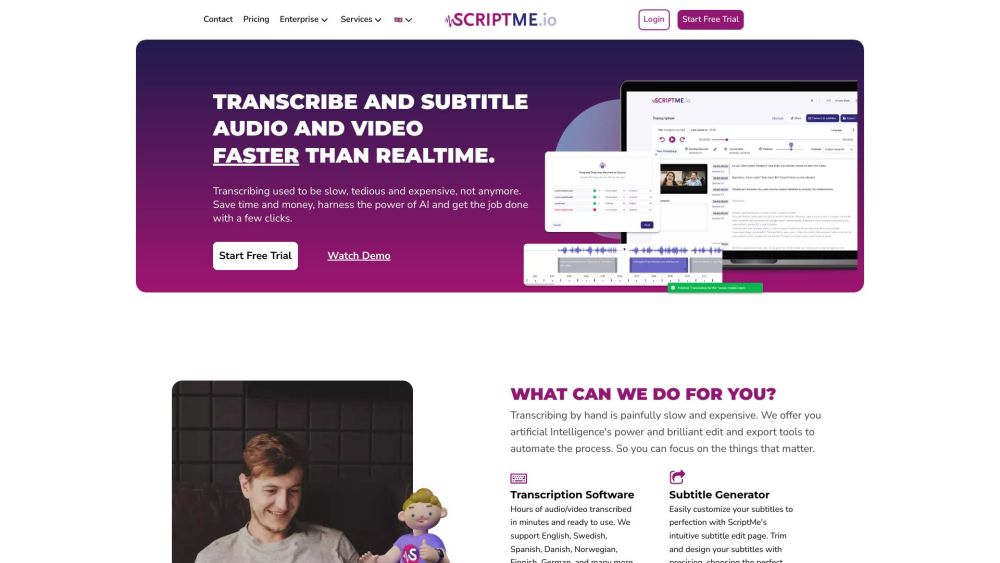During the annual Siggraph event at Colorado, Nvidia introduced a range of new generative AI tools aimed at enhancing the development of 3D worlds and digital twins. One of the notable announcements was the expansion of support for the Universal Scene Description (OpenUSD) standard for virtual environment applications. By integrating new generative AI frameworks, Nvidia enables businesses to create simulation applications such as testing environments for robots and digital twins of factory sites.
The introduction of the Nim microservice empowers AI models to generate outputs in the OpenUSD language, assisting users in creating assets for their 3D environments efficiently. Leverage AI-powered tools provided by Nim, businesses can streamline software development processes and boost innovation across various industries.
Rev Lebaredian, Nvidia's vice president for Omniverse and simulation technologies, highlighted the significance of the generative AI tools, especially for heavy industries. The advancement of digital worlds opens up new possibilities beyond creative industries, enabling broader utilization in diverse sectors to foster innovation and prepare for future AI trends like robotics.
OpenUSD, initially developed by Pixar, serves as a vital file format in computer graphics, breaking down 3D scenes into multiple layers and widely adopted across entertainment, engineering, and manufacturing. The new tools unveiled at Siggraph 2024 by Nvidia aim to expand the use of 3D data to facilitate the construction of highly precise virtual worlds. Among these tools are the world’s first generative AI models tailored for OpenUSD development, available as Nim microservices.
These Nim microservices offer various functionalities, from automatically generating OpenUSD-Python code to speeding up searches in asset libraries. Moreover, they enhance file compatibility checks, automate scene assembly, mesh generation for objects, and physics generation for frames, optimizing assets for simulation purposes.
Noteworthy collaborations showcased the practical applications of these new tools. Semiconductor manufacturing firm Foxconn and marketing and communications services company WPP utilized Nvidia's Nim microservices and Omniverse platform to build digital twins of a chip factory and enable generative AI-driven content creation pipelines, respectively.
In addition, Nvidia unveiled new USD connectors for robotics data formats, empowering developers to transfer robot data across USD-supported applications and enabling simulations and reinforcement learning. The partnership with Siemens expanded the application to industrial workloads, integrating OpenUSD pipelines in the Simcenter simulation suite to provide high-fidelity simulation data for real-world insights.
The partnership with Siemens was part of a broader initiative, including the founding of the Alliance for OpenUSD, a nonprofit aiming to extend the usage of OpenUSD beyond entertainment. With support from industry leaders like Pixar, Nvidia foresees accelerated growth and adoption of USD, opening up new avenues for users and industries to engage with the ecosystem.




